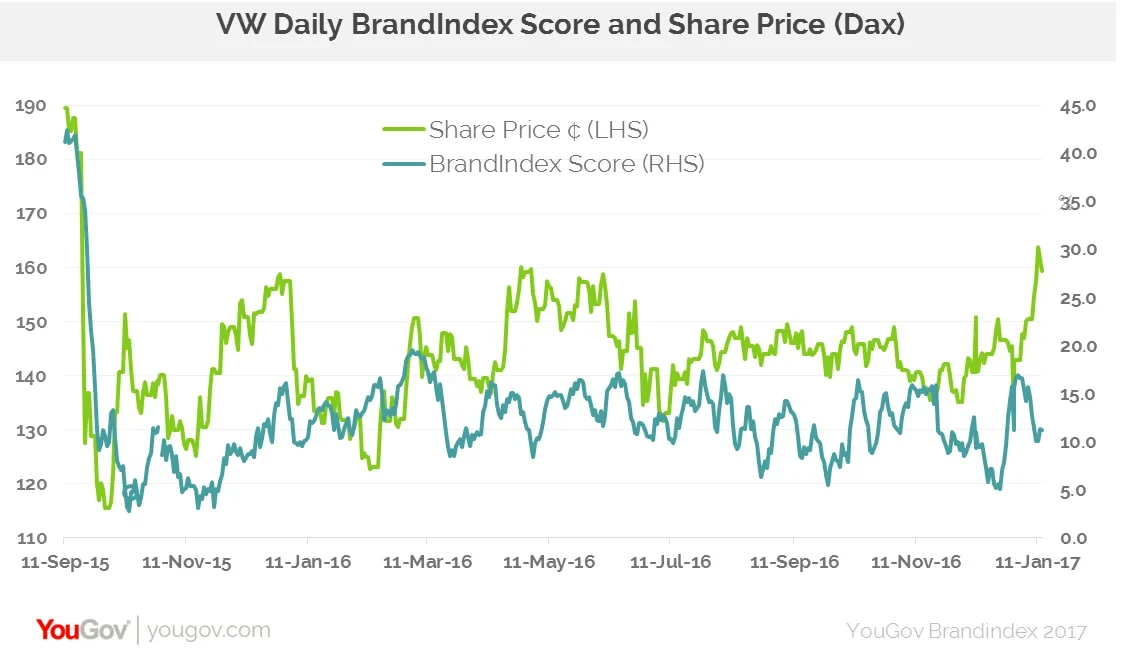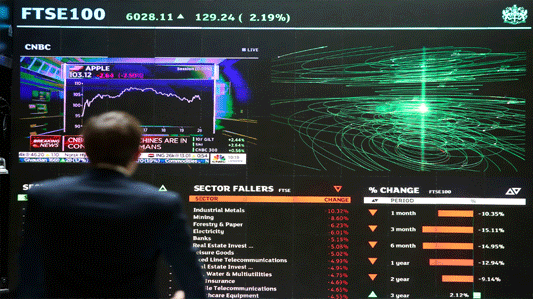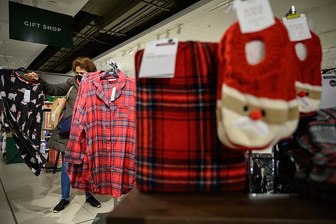With consumer-facing companies that rely heavily on a single brand there is often a strong relationship between public perception of that brand as measured daily by BrandIndex, and the company's share-price.
An example of this is Volkswagen and its emissions scandal where the fundamental driver of the decline in its share price was a very public event and the reputational impact that had among the company's prospective customers.
TThe graph shows the BrandIndex score for VW (one-week moving average, Germany) against its daily price on Dax, beginning with the crisis just over a year ago.

We see that the event resulted in a sharp decline in the shareprice and a commensurate drop in the BrandIndex score. No surprise, as the market is pricing the effect of public perception on future sales. But what of the movements in both lines since? They are correlated at least to the extent that neither has recovered to former levels. In some cases they appear to mirror each other, though recently there has been a striking divergence.
Obviously public perception and share-price are not always closely related. Let us call this Type 1, where a change in reputation is likely to damage or boost future sales and we would expect correlation. Type 2 is then where consumers’ perceptions of a brand are unrelated or immaterial to current investors’ concerns, for example when production or management problems may be hurting financial performance.
The biggest investor opportunity is Type 3, when change in perception is invisible to investors but will affect sales. Readers of this column in December 2011 may recall when BrandIndex showed Tesco's scores declining continuously for a whole year relative to its rivals, but it wasn't until the Christmas sales numbers were published the next month that investors became aware of the fall in sales. The share-price, solid until then, suffered a record fall. It was a great example of market watchers failing to perceive a drop in value which had been clearly measured by market research.
Image PA









